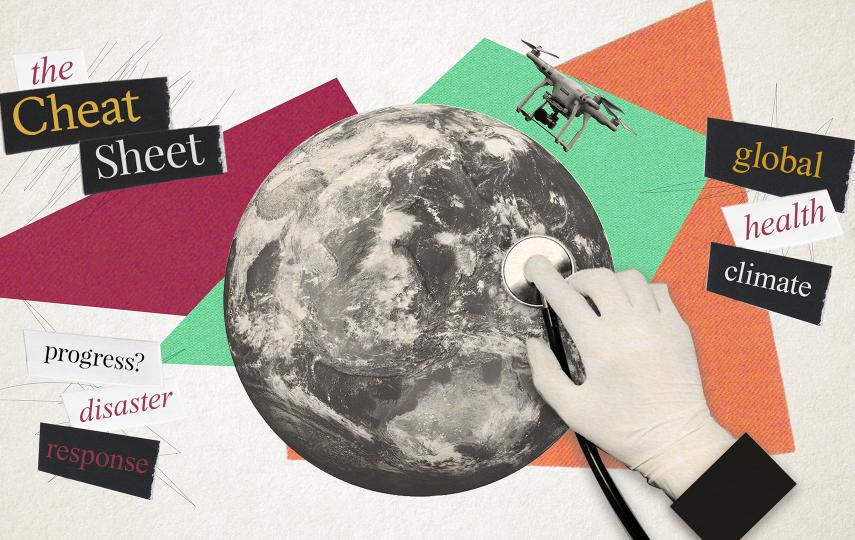In Khalanga Bazaar, the headquarters of Jumla District in Nepal's remote mid-west, there is evidence of seasonal plenty - apples and walnuts in abundance - yet last month a three-year-old child died of malnutrition in the neighbouring village of Urthu.
According to the preliminary Nepal Demographic Health Survey (NDHS) released in August, 29 percent of children under five are malnourished, and the problem is chronic in remote parts of the Mid-Western Region. The most recent regional figures (in the NDHS 2006 report) show more than half of the children are chronically malnourished.
“Girls are neglected because they are thought not to need strength,” Indra Raj Panta, programme officer for Decentralized Action for Children and Women in Jumla, told IRIN.
Women live hard lives from day one, born with no fanfare, contrasting starkly to the six-day celebration to mark the birth of a boy. Walking along the road from one village to the next, women and girls bear the weight of baskets of apples, rocks or bags of rice, while men and boys tag alongside unburdened.
Despite the physical demands of a woman’s daily life, boys and husbands eat first and are offered the most nutritious food, often leaving girls and women with leftovers.
Pregnant women still labour
The role of a woman as labourer does not ease while pregnant either: The same work is done, the same weight is borne. And the local belief that leafy, green vegetables are bad for babies, results in a seriously restricted diet contributing to the puzzling chronic malnutrition found in the remote Karnali Zone.
"Malnutrition in Nepal is an intergenerational cycle,” said Sophiya Uprety, a nutritionist for the World Food Programme (WFP) in Kathmandu. She explained that supporting pregnant women with a nutritious and adequate diet, rest and care did more than improve a person’s strength - it bolstered society as well.
“Breaking this vicious cycle would later on not only translate into better physical abilities, but also mental and cognitive abilities,” she said.
Research indicates that about half of stunting in children occurs before birth and up to two years old. Girls who are not fed well, turn into women who are more likely to give birth to low weight babies, and so the cycle perpetuates.
Tara devi Sejuwal, an auxillary health worker in Urthu, confirmed the need to improve support for pregnant women in the community.
“Not enough is being done for maternal health. Even mother-in-laws discourage check-ups [for their daughters-in-laws] because it is not what they had when they were pregnant themselves,” she said.
|
Photo: Natalie Bailey/IRIN |
| Life expectancy for women is 50; for men, 58 |
Nearly a quarter of Nepalese women have their first child before they are 18 and more than half by the time they are 20, according to the 2006 NDHS report.
More than rice
The Karnali highway, built about three years ago, has meant improved access to food in the region, and crops are performing relatively well - there is a surplus of vegetables and potatoes - but Jumla is reporting a 12 percent food shortage this year, according to the district agriculture office.
Jumla has been food secure for the past three months, but community officials are anticipating a food shortage in the coming six months due to heavy rains throughout the growing season, said Bed Prasad Chaulagain Dado, Jumla's chief district agricultural development officer.
Poor feeding habits are also a problem: “They only want rice, rice and rice,” Dado said.
WFP has local partners on the ground spreading the word on how to eat the nutritious food available. Awareness on how to construct a healthy diet is improving, but the culture of gender discrimination is harder to shift, say aid workers.
The Nepal Red Cross, WFP and other NGOs are combating discrimination by mandating women’s participation in committees, trying to create opportunities for economic independence, and by improving education. But these efforts require women to change their own situation, and exclude men from the process, said Hari Prasad Subedi, organizational development manager with the Nepal Red Cross.
“To make a change we must have male-based programmes,” he said. “There are women’s empowerment programmes and the women learn, but then they can’t communicate it at home. Things need to change one household - one husband and wife at a time.”
nb/ds/cb
This article was produced by IRIN News while it was part of the United Nations Office for the Coordination of Humanitarian Affairs. Please send queries on copyright or liability to the UN. For more information: https://shop.un.org/rights-permissions





